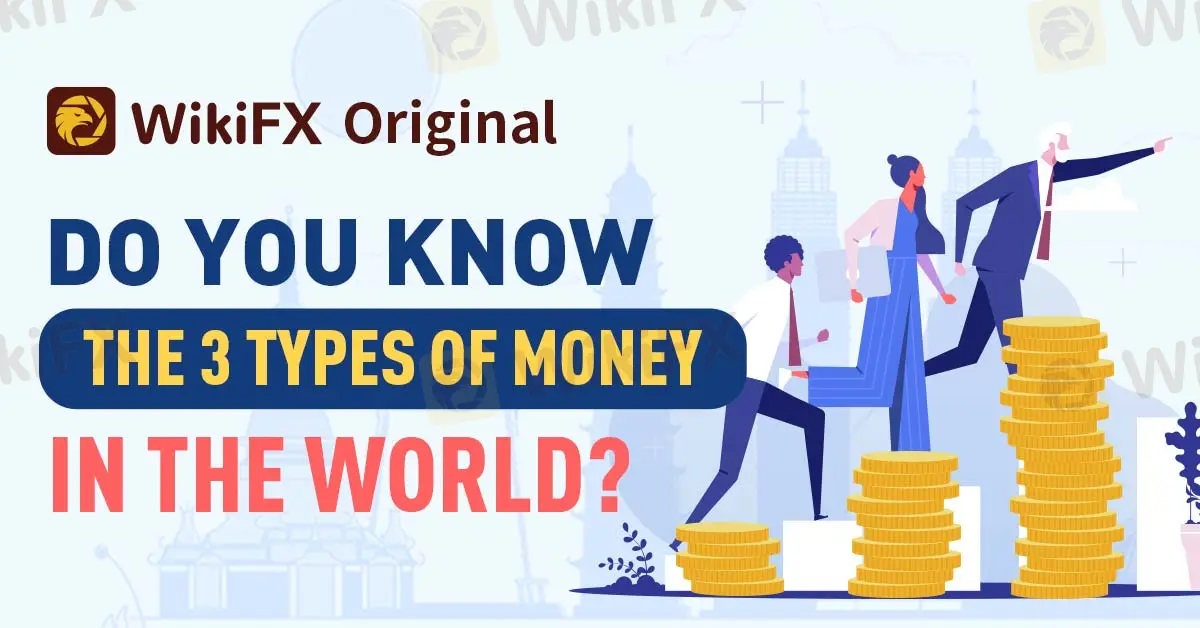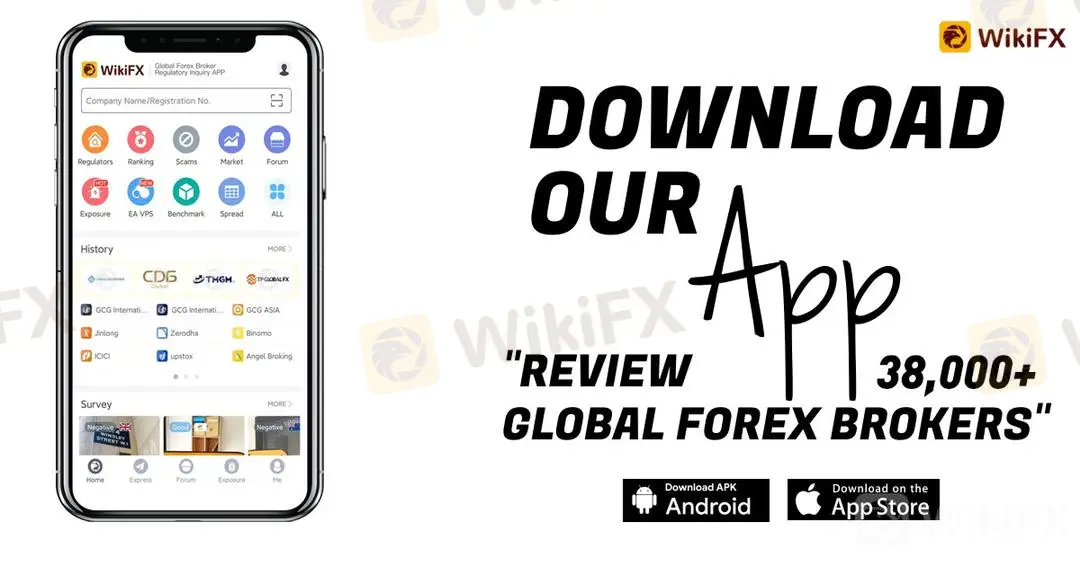简体中文
繁體中文
English
Pусский
日本語
ภาษาไทย
Tiếng Việt
Bahasa Indonesia
Español
हिन्दी
Filippiiniläinen
Français
Deutsch
Português
Türkçe
한국어
العربية
Do You Know the 3 Types of Money in the World?
Abstract:In this day and age, the masses have been brainwashed to believe that money is everything. Many equate having money to having happiness, success, social status, and everything else that matters. Although it is not an absolute fact, there is some degree of logic behind the obsession with money today.

Despite dealing with money on a day-to-day basis and having a certain degree of obsession with money, do you know the 3 types of money in the world? Money is not solely the numerical figures in your bank account or the cash you hold in your hands. It is more than that, so keep reading for more.
Money as a financial instrument can be divided into three types. Though many other derivative products carry intrinsic monetary values, they are not accepted as an immediate payment form that could be used in exchange for goods and services.

Commodity money is a financial instrument that has been around for the longest period. In the olden days, humans used salt, beads, seashells, tobacco, silver, and gold as money in exchange for goods and services. As civilization advanced, a standardized system of trade was also developed. Unlike later forms of money, commodity money has a tangible store of value that is believed to withstand the test of time as its physicality gives users confidence in it. The commonly acknowledged and accepted commodities are gold, silver, uranium, and more.

Fiat money originated as pieces of paper during the Chinese Tang dynasty in the 11th century, making China the first country to use fiat money. Government officials authenticated Fiat money as a legal tender. It is not backed by any commodity, such as gold or silver. It could neither be redeemed nor converted. Its value is derived from government backing, allowing individuals and businesses to place their trust in it as long as they have faith in their government.

Representative money is a government-created instrument backed by a commodity or fiat currency. It generally represents something valuable but has little or no intrinsic value. Checks, credit cards and fiat money are the main examples of representative money that we use on a daily basis. The value of presentative money is derived from the government or the financial institutions that support it.

Disclaimer:
The views in this article only represent the author's personal views, and do not constitute investment advice on this platform. This platform does not guarantee the accuracy, completeness and timeliness of the information in the article, and will not be liable for any loss caused by the use of or reliance on the information in the article.
Read more

Navigating the Intersection of Forex Markets, AI Technology, and Fintech
The financial world is transforming, driven by the rapid integration of artificial intelligence (AI) and innovative fintech solutions. This change is most apparent in forex markets, where algorithmic trading and deep learning are redefining strategies, risk management, and decision-making. In this article, we explore how AI-driven technologies are not only revolutionizing forex trading but are also propelling fintech innovations that enhance customer experiences, bolster security, and unlock new market opportunities.

The One Fear That’s Costing You More Than Just Profits
The fear of missing out (FOMO) is NOT what you think it is! Read the three lesser-discussed components that contribute greatly to FOMO trading!

Why More People Are Trading Online Today?
Discover why online trading is booming with tech, AI, and a push for financial freedom. From stocks to crypto, it’s a thrilling hustle for all.

High Return Traps? WikiFX’s Complete Scam-Busting Handbook to Avoid Financial Fraud!
Financial scams are evolving faster than ever, and fraudsters are getting more creative in luring victims into traps. Whether it’s promising high returns or leveraging authority to build trust, scammers continuously innovate new ways to trick investors. From clone firms to cold calling schemes, it’s essential to understand how these scams work to protect your hard-earned money. This comprehensive guide by WikiFX will help you recognize and avoid common financial scams.
WikiFX Broker
Latest News
Why Are Financial Firms Adopting Stablecoins to Enhance Services and Stability?
Experienced Forex Traders Usually Do This Before Making a Lot of Money
Octa vs XM:Face-Off: A Detailed Comparison
When High Returns Go Wrong: How a Finance Manager Lost RM364,000
Bridging Trust, Exploring Best—WikiEXPO Hong Kong 2025 Wraps Up Spectacularly
Fidelity Investments Explores Stablecoin Innovation in Digital Assets Sector
Interactive Brokers Expands Crypto Trading with Solana, XRP, Cardano, and Dogecoin
SEC Ends Crypto.com Probe, No Action Taken by Regulator
Why More People Are Trading Online Today?
Broker Comparison: FXTM vs XM
Currency Calculator







